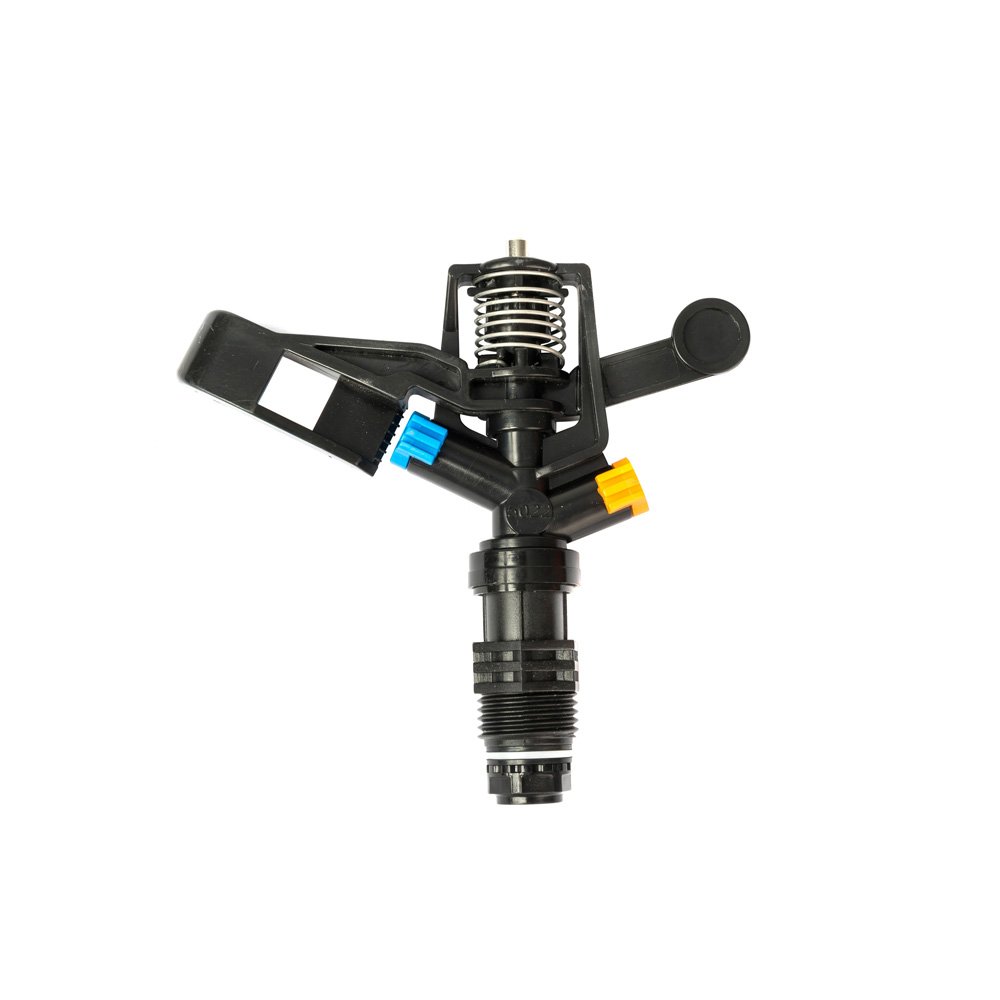- Design a well-planned irrigation system: A well-planned irrigation system should take into account factors such as soil type, slope, plant water requirements, and local climate. This will ensure that water is distributed evenly across the entire field, reducing the risk of over-watering or under-watering certain areas.
- Use the right type of sprinklers: Different types of sprinklers are designed for specific irrigation needs, such as drip irrigation, spray irrigation, or center pivot irrigation. Choosing the right type of sprinkler for your irrigation system can help ensure that water is distributed evenly across the entire field.
- Monitor soil moisture levels: Using soil moisture sensors can help you determine when to turn on and off your irrigation system. This will help ensure that water is only applied when needed, and in the right amount, reducing the risk of over-watering or under-watering.
- Regularly inspect and maintain your irrigation system: Regular inspections and maintenance of your irrigation system can help identify and fix any issues that may be affecting the uniformity of water distribution. This includes checking for leaks, broken sprinkler heads, or clogged filters.
- Implement a uniform irrigation schedule: By establishing a uniform irrigation schedule, you can ensure that water is distributed evenly across the entire field, reducing the risk of over-watering or under-watering certain areas. This schedule should take into account factors such as plant water requirements, local climate, and soil type.
5 ways to ensure the uniformity of automated irrigation!


Jan Liu
Hi, I’m Jan Liu, the director of Dfshoutec.com. We've been running a factory in China that makes water treatment equipment for 14 years now, and the purpose of this article is to share with you the knowledge related to water filters especially used in irrigation systems from a Chinese supplier’s perspective.
Facebook
Twitter
LinkedIn
